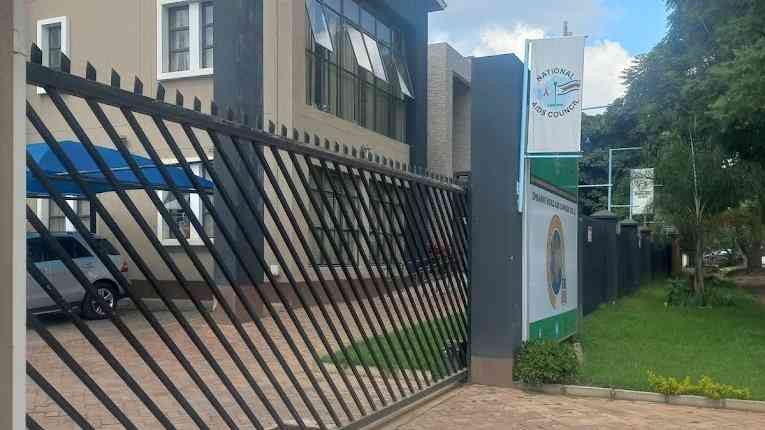
FOR probably the umpteenth time we have been reminded that Zimbabwe has missed, by miles, its Sustainable Development Goals (SDGs) targets.
“Today, only 15% of the targets are on track, and many are going in reverse — Zimbabwe is not excluded from this trend ... In response, it is imperative that we embrace new and adaptive strategies to effectively address these challenges and ensure the realisation of the National Development Strategy 1 objectives as we progress towards Vision 2030 and attain the SDGs,” the United Nations resident and humanitarian co-ordinator Edward Kallon told us last week during the Zimbabwe United Nations Sustainable Development Co-operation Framework (ZUNSDCF) annual review meeting.
Also speaking at the ZUNSDCF meeting, an joint initiative between the UN and Zimbabwe meant to help achieve the SDGs, deputy chief secretary to the President and Cabinet, Paul Damasane said: “In order to capacitate provincial and local authorities to be able to effectively contribute to their own development, at least 5% of national revenue raised in any financial year is allocated to them.”
Little wonder there is so little process and regression in the journey towards achieving the SDGs.
Frankly speaking, how can we even start dreaming of achieving anything when we are allocating such paltry financial resources to key constituencies where any semblance of development of a people should be first realised.
Honestly, allocating 5% as our devolution kitty is pathetic, to say the least. So where is the other 95% we are generating going to? How can we even begin to hallucinate about achieving this and that by 2030 when we are not prepared to strongly commit to realising this fantasy?
We strongly believe that 5% is far too little to achieve anything, given the mammoth task demanded by the SDGs agenda which has 17 objectives of which the top six are: Ending poverty in all its forms; achieving zero hunger, health for all, education for all, gender equality and women's empowerment; and attaining universal access to water and sanitation.
Of the 17 SDGs Zimbabwe chose to focus on: Social services and protection; poverty reduction and value-addition; food and nutrition; gender equality; HIV and Aids; and public administration and governance.
- Binga headman goes missing
- Unicef intensifies fight against child marriages
- Unicef intensifies fight against child marriages
- Financial inclusion critical for African agriculture success
Keep Reading
And all these targets speak to the grassroots, where the local authorities operate. The grassroots require enormous amounts of money for water and sanitation, health, education. poverty reduction, you name it, if we are to make any meaningful progress towards realising any development.
We cannot, therefore, dream of achieving anything by 2030 if we are allocating peanuts to where it matters most because tangible progress at the grassroots will quickly and evidently translate to national development.
To simplify our argument: We are simply saying Zimbabwe has 10 administrative provinces, comprising 63 districts which are divided into 1 200 wards. Now imagine if more than the 5% funding currently reaching these areas was pumped across all these constituencies, starting at the ward level, how much would we achieve in a year or two?
Developing should start from the grassroots and not from the top. This is the major challenge we are facing in Zimbabwe and the 5% being allocated to the masses is a clear testament that it will take us ages to achieve the SDGs.






